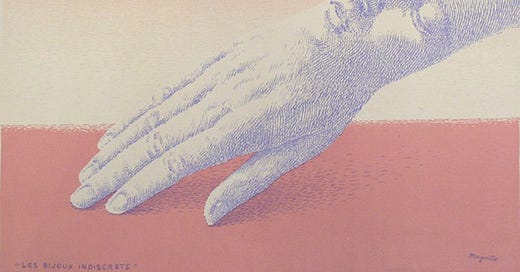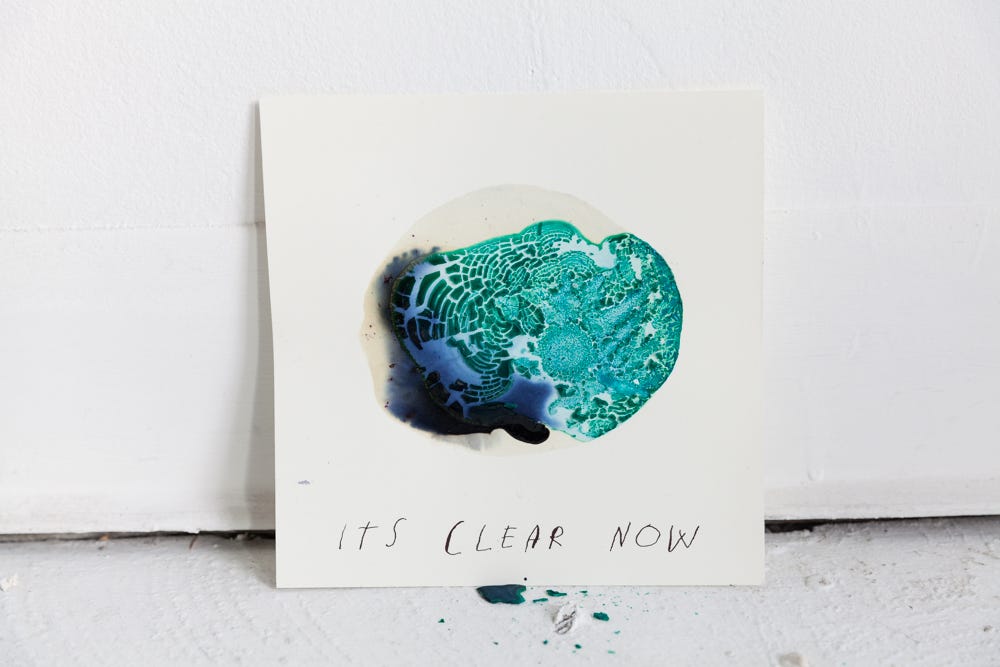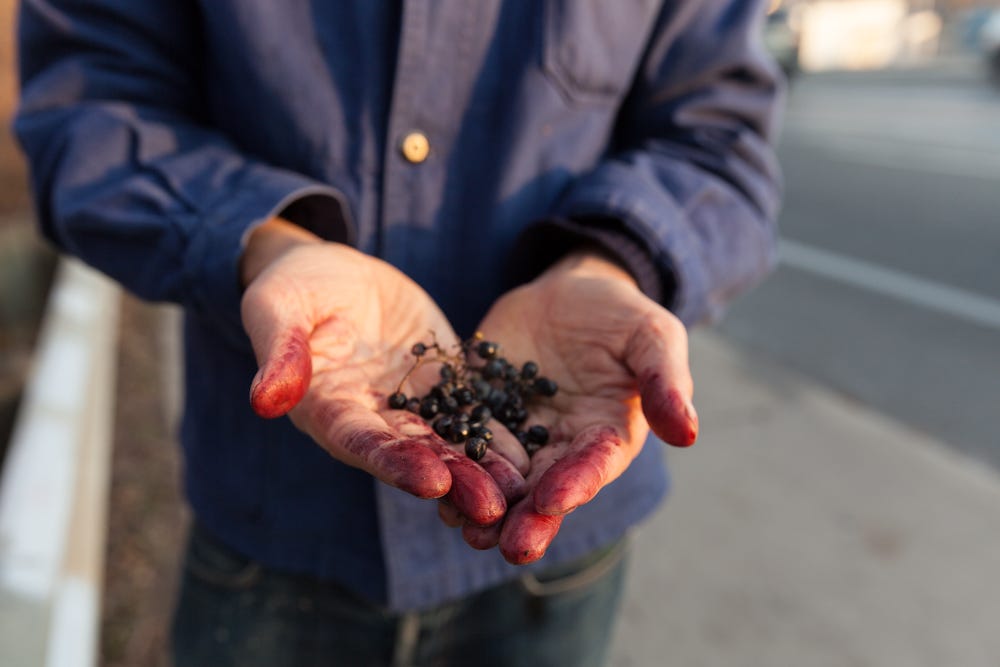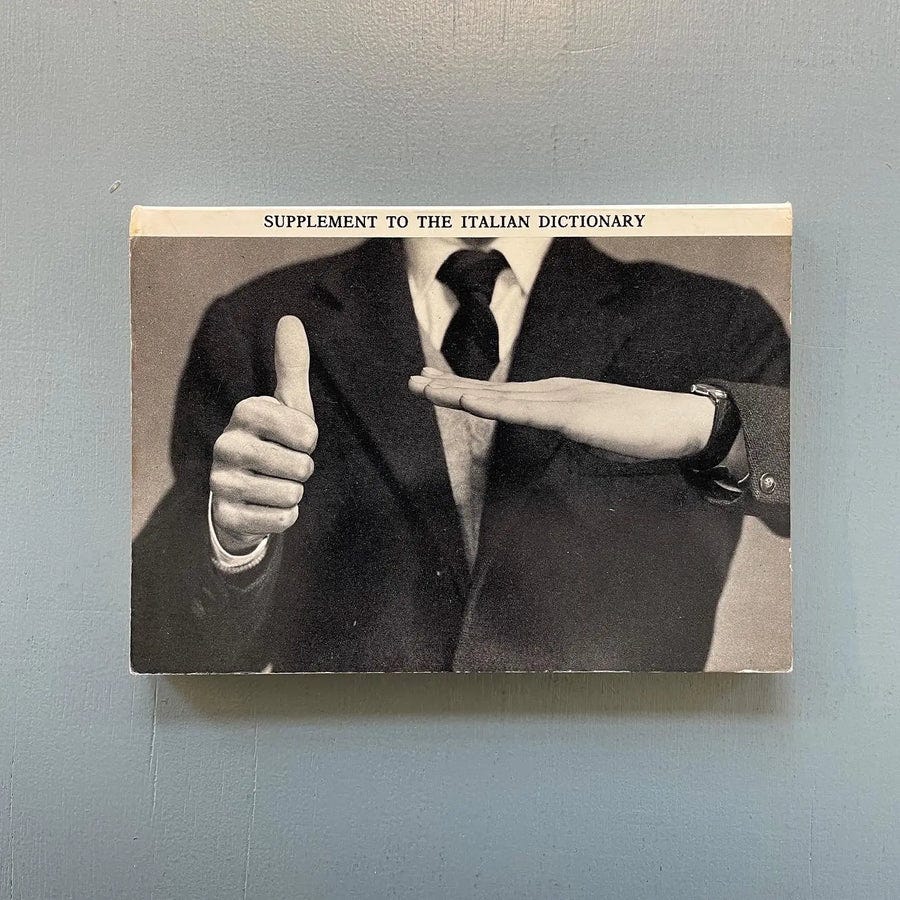
To feel is to strike softly, like plucking a lyre says my online etymological dictionary. I am paraphrasing a bit here because I’ve already forgotten the exact quote.
I find these days I’ve been missing friction. Growing up in the country with four siblings to hands-on parents, I used to do a lot of camping and I remember the heavy canvas army tent that my Papa must have gotten cheap at an army surplus store. The tent had the almost satisfying fresh-oil scent of a machine shop. I am pretty sure it had snaps instead of zippers and I know it got even heavier in the rain and that our whole family of six used to pile into it. The tent had a big metal pole in the middle that held it up but that you could bump into in the middle of the night. You had to roll around a bit to avoid the roots under your sleeping bag but you also got the direct feeling of the forest floor’s carpet of thousands of last year’s dry pine needles woven in every direction to make a bouncy mattress. Now on the rare occasion I find time to camp, I sleep on an extra light, water-resistant polyester air-filled Therm-a-Rest in a light rain-proof, wind-proof nylon tent sealed with plastics and mesh and it smells of new tent and you hardly feel that you are sleeping outside at all. Everywhere it seems the human world has become more comfortable, but with way less friction.
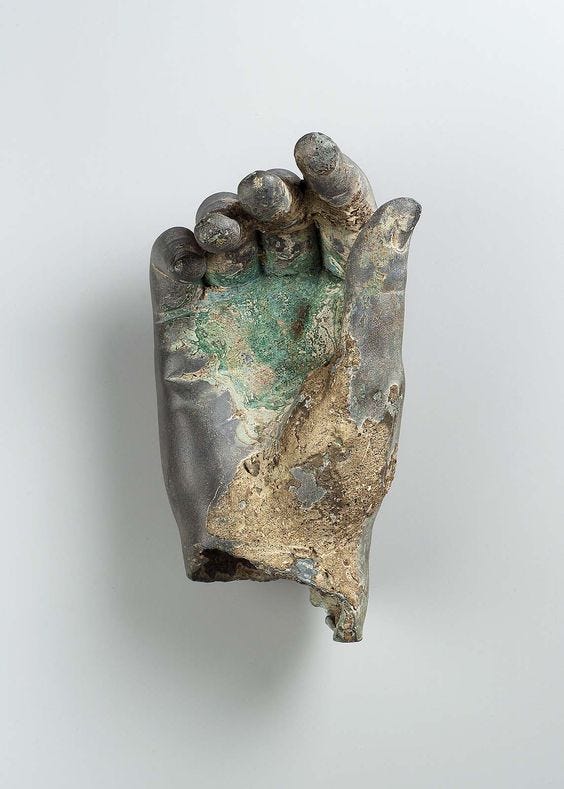
I get some of what I am looking for in natural inks which are full of feeling. When materials like tree gum and mineral pigments, particles of rust, or carbon soot, or plant material live suspended in water and dry to a grainy crackly finish, they form not just colour but also a beautiful braille of shifting surface effects. A story of their own making becomes readable in the irregular textures of homemade inks. But the sculptural qualities of weird inks on paper are only one aspect of their tactility, the other is in the making. For me it’s the handwork—digging, plucking, cutting, collecting, sorting, grinding, stirring, modifying, testing, dipping, inking, painting, lettering, bottling, and labelling—that I most delight in. These satisfying, repetitive, visceral activities remind the body of its past as an instrument.
Aristotle called hands the “instrument of instruments”. And it was our hands and fingers and opposable thumbs probably, that began the process of art, and war, and, cooking, and planting, and hunting, and gathering that would somehow lead us to this moment now where you are reading my words on a glass rectangle that fits in your pocket and connects you to money and friendships and work and more of the world’s knowledge than you could read in a lifetime. I think of those early hands stenciled onto the cave walls 65, 000 years ago by Neanderthals. I think of the early peoples use of hands to find numbers and mark time and spirit and magic. I think of the way that hand gestures still sometimes speak more, and more honestly, than words can, and I think of all the fingers stained with berries and pigment, blood and clay and nets and earth and soot and ink, and of of these hands working to reshape the world to meet our hopes and imaginations.
But somewhere, along the way, the tools we fashioned with our hands became replaced by the tools that make tools, robotic arms that construct assembly lines, and machine mined rare minerals sent around the world in machine-made shipping containers inside autonomous ships run by microchipped satellites to make the new instrument of instruments, that frictionless black mirror we understatedly call our phone. I can’t say I feel very much sense of touch when I make a little heart light up as I am scrolling down a set of images. I don’t learn as much reading on a computer screen as I do by physically turning pages, and I don’t remember as much when I use a notes app instead of scratching out a list on paper. And I know it seems like the world has traded touch for touchscreens and other than for historical re-enactors there’s probably no going back to drawing water from a well or sleeping in a tent that weighs twenty-five pounds. And still, I look down at my hands, and I see an extraordinary sensitive instrument that isn’t going away.

In a ground-breaking study from 2013, Swedish scientists showed that people can detect nano-scale wrinkles while running their fingers upon a seemingly smooth surface. One researcher described the extent of this sensitivity as the ability to distinguish between a house and a car, if you happen to have a fingertip the size of the Earth. A more recent study from the University of California, San Diego showed that our fingers can distinguish variation in materials that differ only by a single layer of molecules. And what’s even more science fictiony is that we do all this calibration without actually ever touching anything. At the level of atoms and electrons, what we call touching is actually a repulsion. So no matter how heavily you sit down on a couch, the physicists will tell you that you are, at the atomic scale, actually floating in the air above that couch. When our fingers sense the little bumps and winkles and granularity we call texture, our fingertips are actually hovering at a slight distance while responding, not to matter but to fields of energy. To me this physics makes the meeting point of two things even more magical. Imagine it. Two hands touching are not touching in a physical realm but actually connecting magnetically across a tiny void.
Tiny void notwithstanding, I understand the foreign object first by noting its outline and colour on the ground with my eyes. But then, if I am really interested, I reach out. I pick it up. I feel its weight and shape and texture. I turn it around on my palm to trace its contours. My fingers wake up with curiosity. My hands come out of my pockets to understand, to experience. To fully feel. My fingers warn of sharp or hot or overripe. Finding no danger, fingers begin to question. And when I make ink by hand, the process learned by hand stays with me, inside my body. If you, like me, are craving more friction in your life, the recipe is simple. Close your laptop for a moment, open a notebook, follow your feet into the textured world and open your palms to the vibrating atomic everything coiled just outside your door. It’s the weekend. Make the most of your fingers.
—Yours Jason
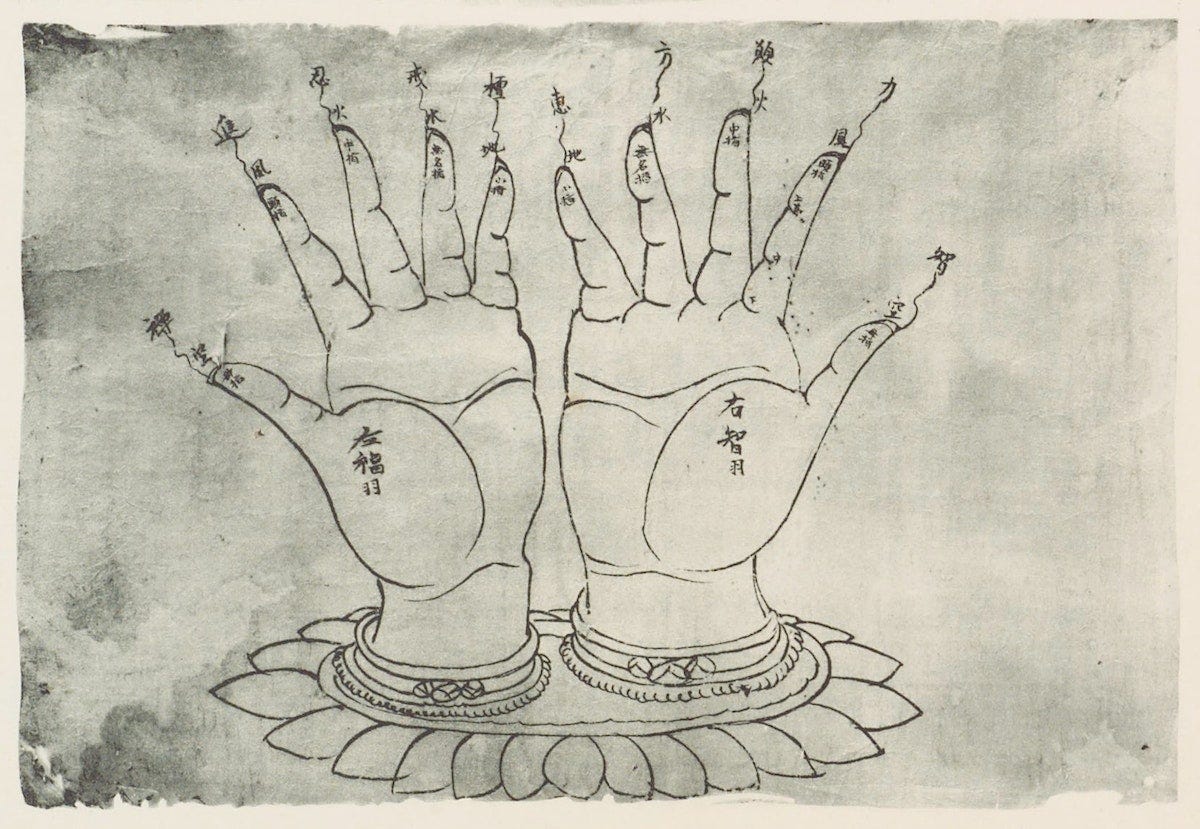

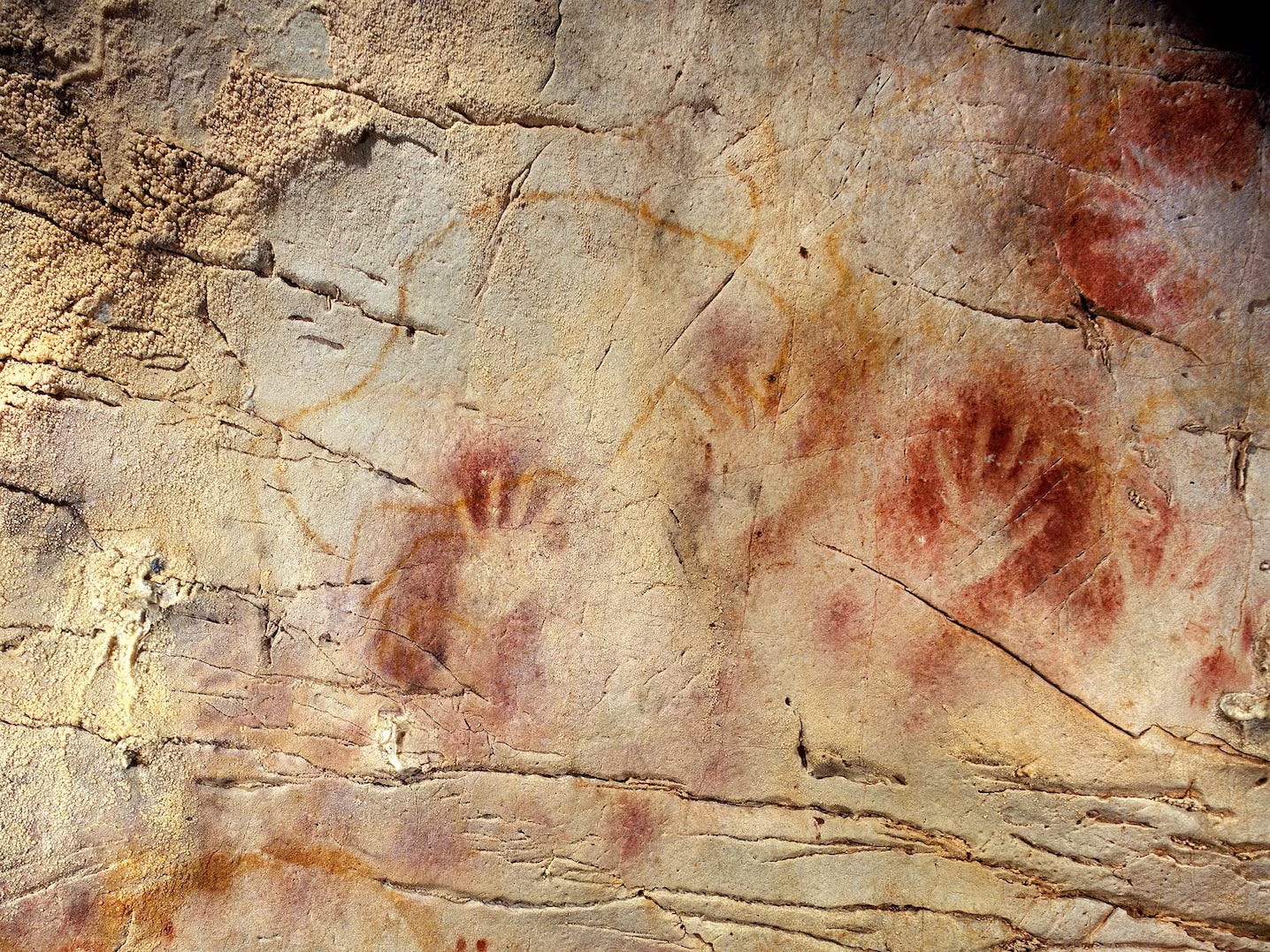

In the Colour Lab: Some tips and tricks for creating texture. Please do consider becoming a paying member or give the gift of feelings to a friend and access all the archives and the discussions and the hands-on stuff!
Keep reading with a 7-day free trial
Subscribe to The Colour | Newsletter | Lab | Community to keep reading this post and get 7 days of free access to the full post archives.

